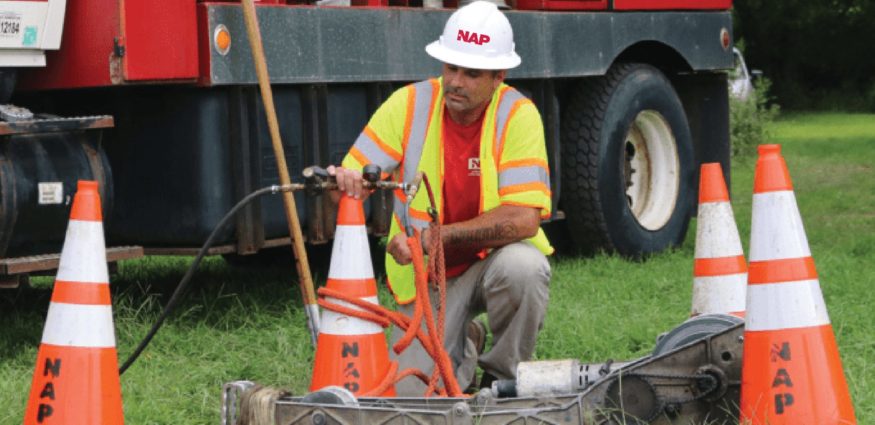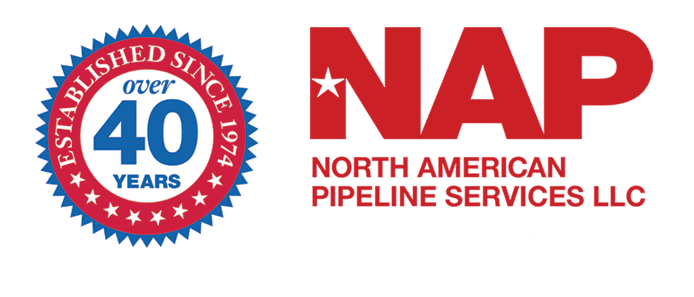Pipeline Inspection & Testing From North American Pipeline Services
The pipeline inspection and testing team at North American Pipeline Services have passed high-level screening and processing, completed specialized training and passed appropriate levels of certification. Whether your project requires a team of pipeline or facility inspectors or a single point of accountability, we offer experienced, dedicated professionals with in-depth knowledge of the pipeline industry.
Hydrostatic Pressure Testing
Hydrostatic pressure testing utilizes a mechanical pump which increases static line pressure to a specific desired pressure, which is then monitored for a specific time and measured for leakage. Hydrostatic pressure testing is a process used for testing tanks and pipes for leaks. A hydrostatic test is performed by filling (pressurizing) the vessel or piping being examined and subsequently monitoring the level of pressurization for changes. If there is a lowering of pressure, there is a leak somewhere in the system.
Air Pressure Testing
Air pressure testing is a way of checking for leaks in the water piping without actually having any water in the pipes. This consists of connecting an air compressor to the water piping. Air is pneumatically introduced into lines at a specific required test pressure through testing plugs which segment a specific pipe run or location. Once the desired test pressure is achieved, the gauges are then monitored for leakage.
Mandrel Testing
Mandrel testing ensures that flexible sewer pipe has been properly bedded and backfilled (ASTM D2321) as it’s critical to optimal and long-term performance for newly installed sewer lines. Mandrel tests involve the use of a designated cage — sized appropriately for the pipe in question — that is pulled through the line to determine if there is any deflection (loss of circular shape). After installation, pipes sometimes lose shape due to pressure from surrounding forces or by accidental mechanical crushing.
Manhole Vacuum Testing
Inflow and infiltration into pipes and structures can cause myriad problems within a sewer system. Manhole vacuum tests provide assurance that groundwater will not make its way into a manhole through cracks or joints and add to sewer bills and unwanted treatment plant volume. The whole idea behind vacuum testing is to suck air from within an enclosed space (a manhole structure) and create a pressure differential between the interior and the atmospheric pressure on the outside of the manhole. Air pressure will seek an equilibrium state and therefore a vacuum is created.
Manhole vacuum testing is generally best performed when a new sewer piper is laid and before it is backfilled. When performing manhole vacuum testing after backfill there is no longer just atmospheric pressure on the outside, but now there must be consideration for soil pressure, and depending on the height of the water table, there may also be hydrostatic pressure to take into account.
Related Services From North American Pipeline Services
North American Pipeline can provide affordable pipeline inspection and related services throughout New Jersey. These services include:


